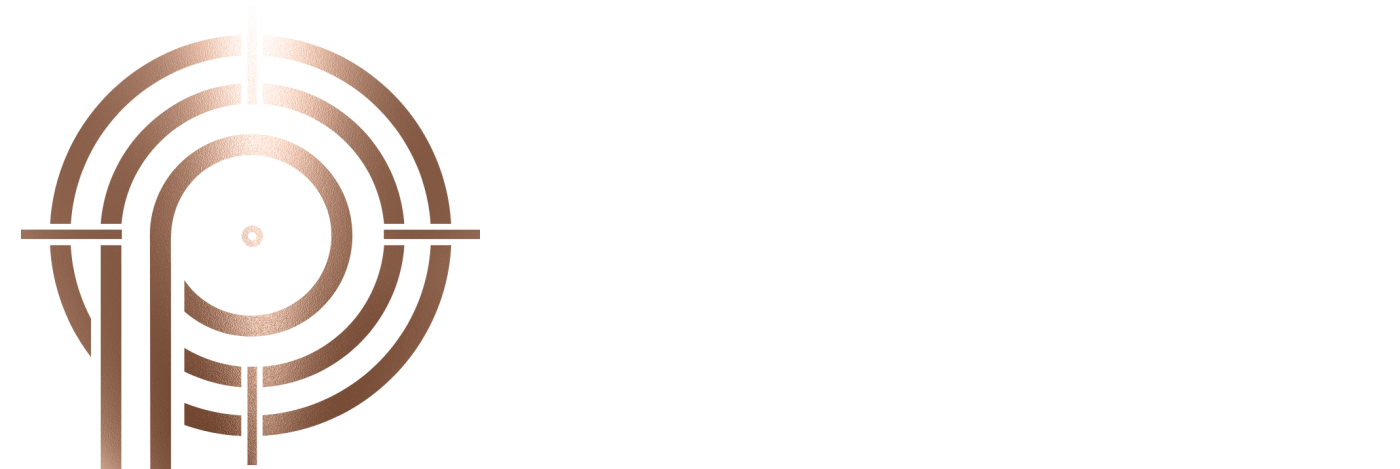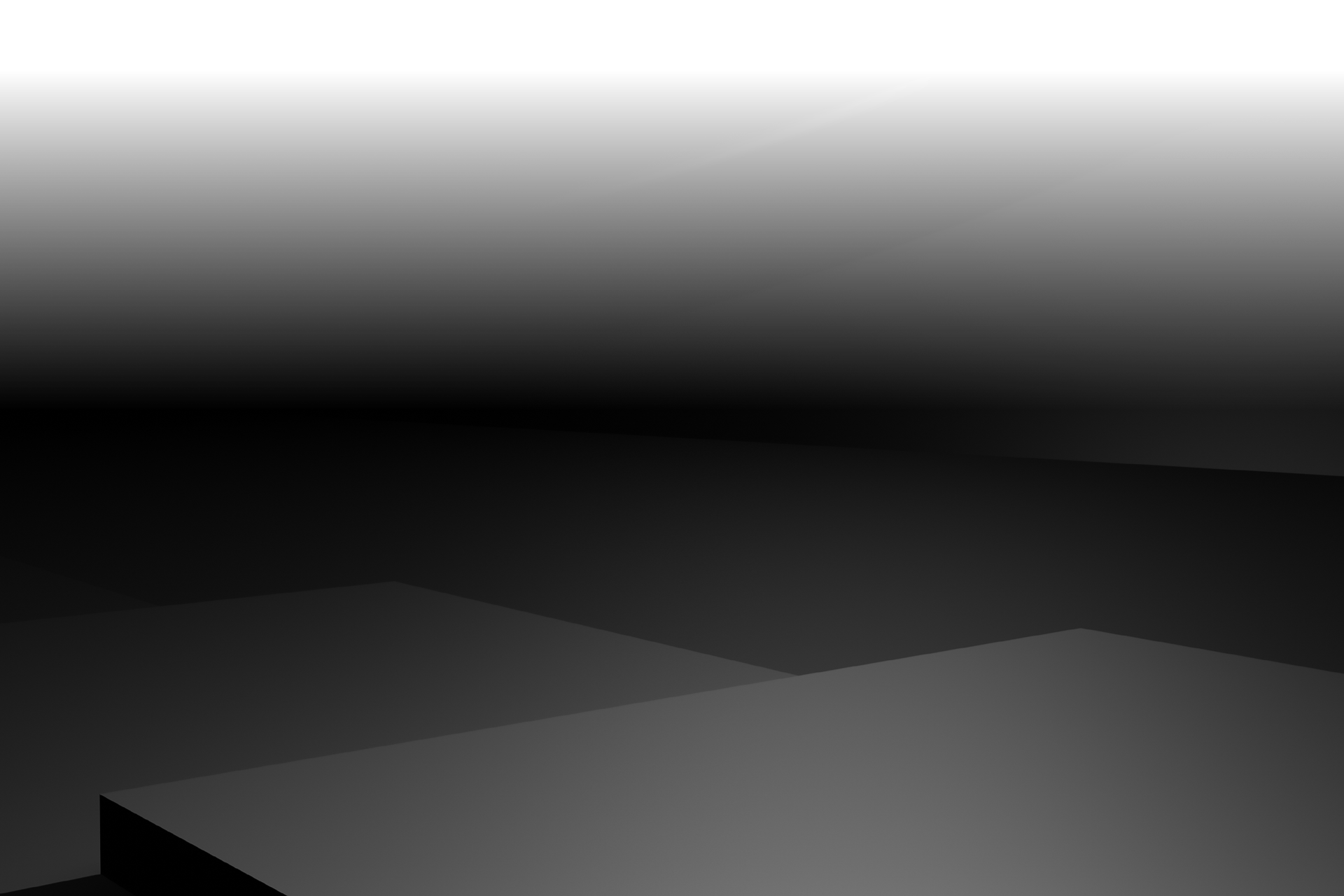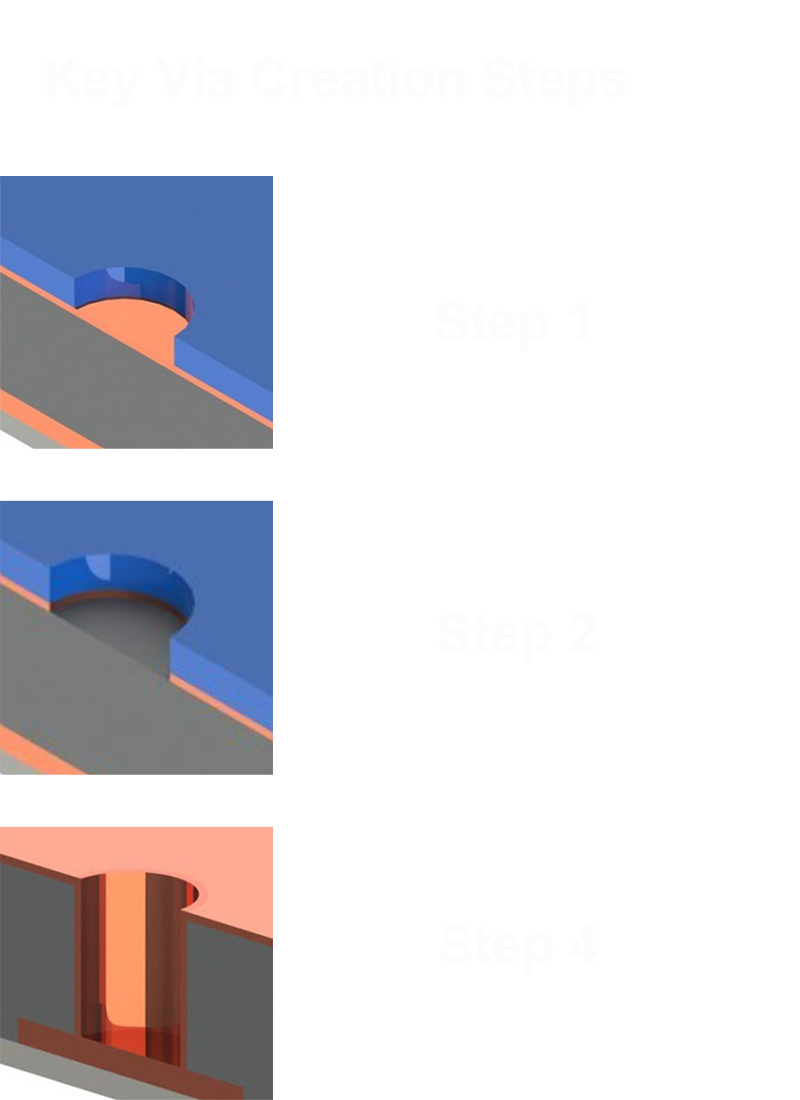Proprietary Additive Manufacturing Processes
Precision Circuit Technologies features two distinct ultra high-density circuit fabrication channels. By utilizing both semi-additive and fully additive processes, we can provide comprehensive solutions tailored to diverse needs and requirements. Leveraging these advanced fabrication techniques, we meet the demands of today’s modern electronics and are well positioned to tackle the challenges of next-generation devices.







